There is no greater palette than the human cosmos and a larger canvas than life itself. The varied and emotionally deep and draining one’s life in the formative years, the larger would be his repertoire to draw from, for a conscious artist. The awareness while going through the process of life is the apprenticeship with which an artist grows. Well, an artist can be imaginative to touch the heights of heavens, but without such grounding, or a close study, what he comes up with will be anything but life.
Art and literature have some great similarities. They start with some elementary colours or words and emotions in the mind of the artist, but the lines, strokes, hues, shades, and contrasts on the palette of the artist or the wide range of emotions, expressions songs, silences, sighs expands to the widest spectrum, without ever being gaudy or didactic. In the case of a literary work, the reader almost loses his identity as the narrative goes on, and each reader shall subconsciously find parallels from his own life or his neighborhood to the characters that show up. The artist and the writer are mirrors that faithfully reproduce without bias. It is the viewer or the reader that goes judgmental. Appreciation of art is an exercise that should be consciously cultivated. Art is not a democracy it is a kind of privileged club into which only people like Bapu, Mohan and Anwar find admission.
‘Anaganagaa oka Chitrakarudu’ (Once Upon a Time There lived an Artist) is a strange, but very impressive, amalgam of – Anwar’s autobiography, vignettes of some of the greatest artists of the world, his childhood pals, his idols, the books he read, the movies he saw, his own musings, and aphorisms crystallized from his own life. He is both an artist and a writer of consummate ease. He has the skills and technique of a detective storyteller. He ignites our interest with a quote or an anecdote, sustains it with his gripping narrative, interspersing with appropriate sayings or poems from the cultural cache for the occasion, and touches our heart with a sudden twist in the end. He is a merciless critic of his own impulses or responses in the embarrassing moments he describes. It is common observation that most of the autobiographical sketches lack this element of honesty and introspection, if not while undergoing the experience, even while putting them on paper. While his paintings, sketches and host of features in dailies and magazines attest to his abilities as an artist, I am sure, this book shall attest to his excellent abilities as a writer.
Born on 22nd Dec 1974 in Jammu and Kashmir, Mr. Anwar lost his mother in infancy and was brought up by his uncle in a small village Noonepalle, near Nandyal, Andhra Pradesh. He had a carefree life and worry-free routine like any other child till coming of age: attending school (or bunking classes?), having cursory education, playing with friends until gets tired, coming back home, taking dinner and going to bed.

But sometime during this carefree life, he is bitten with an unusual bug whose enduring effects last to this day: the urge to sketching. He had no direct or indirect schooling in art. He learnt it on his own. His art is invaluable to him .
In the movie The Straight Story a group of effervescent youth surround Alvin Straight and ask him “What hurts the most in old age?”, expecting arthritis, diminishing eyesight or some such thing as answer. But he replies, “It is the awareness that I was also young once.” Drawing a parallel from Alvin Straight’s reply he says why he adores his art: “There comes a day for me when a sudden realization dawns upon me that once these fingers were able to do sketching and these feet were able walk. Every grain I eat, every whiff of air that kisses me, every man who loves me, and every blessing showered on me… comes to me because of this art, and I must be thankful to it for life for that.”
A good book entertains, a better book engages leaving its tang, but a great book haunts long after we have finished reading it and comes to mind whenever we face some similar incidents in life later. Here are some interesting anecdotes about some great artists like – Bapu, Ravi Paranjape, Mohan, Karunakar, Albert Dorne, Dini Battaglia, Mike Mignola, Euan Uglow, Ron Tiner, Toppi, and Max Švabinský. Anwar does not just catalogue them or inundate them in superfluous accolades. As a serious student and critic of art he explains, rather educates us, showing how each artist in his Paintings, Artwork on stained glass, Wall Paintings, Mosaics, Charcoals, Pastels, Oils, Crow Quills, and Water Colours differs from another. He posits each artist in his narrative with an anecdote, fable or a factual statement. Writing about Max Švabinský, for example, he says: “Other than knowing ‘Kohineer’… a high-quality pencil is manufactured there, I knew nothing about Czechoslovakia till today. I learnt Max Švabinský hails from here.”
No matter whether it is the short story of feminist writer Sathyavathi (Satyavathi Kathalu) or Veluri Sivarama Sastry (Telugu Katha), Vasudhendra (‘The Red Parrot’) of Kannada, Perumal Murugan (Poonachi, the Black Goat) of Tamil; or, the art of Dushko Petrovich (Imagination), Sundarapalli Ratna Durga (Ratna Durga), or tribute to artist Mohan (The Love Letter never Posted) or KNY Patanjali (Conceit of a Turk); or, the hospitality of Nayuni Krishna Murty of Chowdepalli, or the Value of Sweat (The Creditor), or the film ‘Karib Karib Single’, or the struggle for perfection of Bapu (Sramayeva)… his appreciation is based on understanding than adoration, his praise flows out of artistic delight than mundane considerations, and his expression bears the mark of honesty and sincerity. For fear of having to quote the entire book I stop here. The book is a treasure trove of information and a delight to a discerning reader.
Anwar is a self-made artist in all shades of meaning of the term, and perhaps, for that reason he is very humble. You can imagine his Bapu stature when the great artist himself requested for his portrait from Anwar. He wrote many pen-portraits of artists to magazines in India and abroad. However, it is a little-known fact to Telugus that Anwar is a world-renowned artist.
*

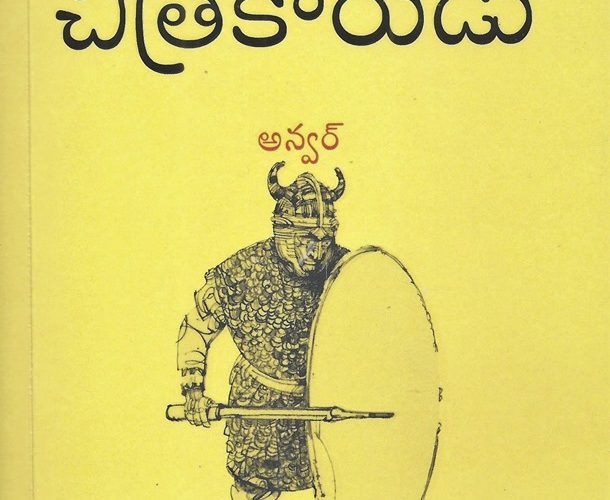

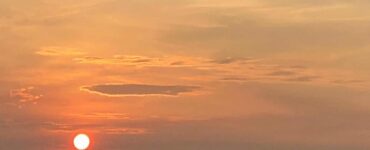
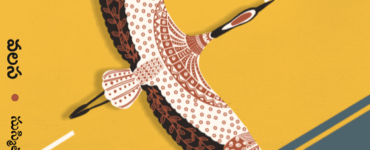

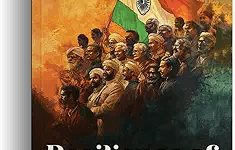
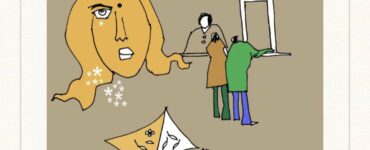
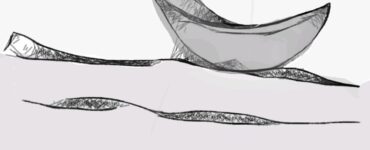
ప్రతిభ శాలి చిత్రకారుడు anwar గురించిన.. మీ వ్యాసం బాగుంది. సర్!💐👌.అభివందనలు, మీకు..anwar bhai కి.